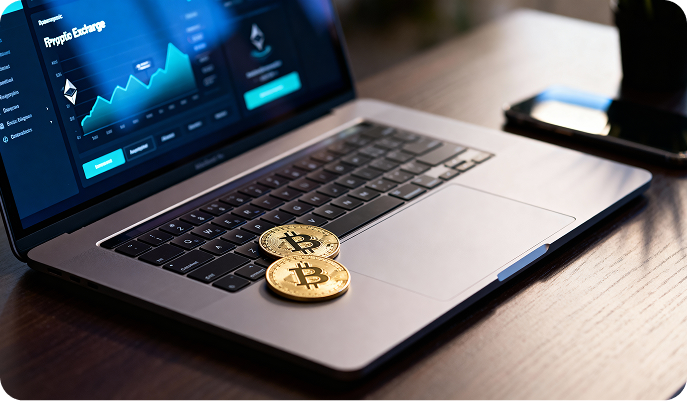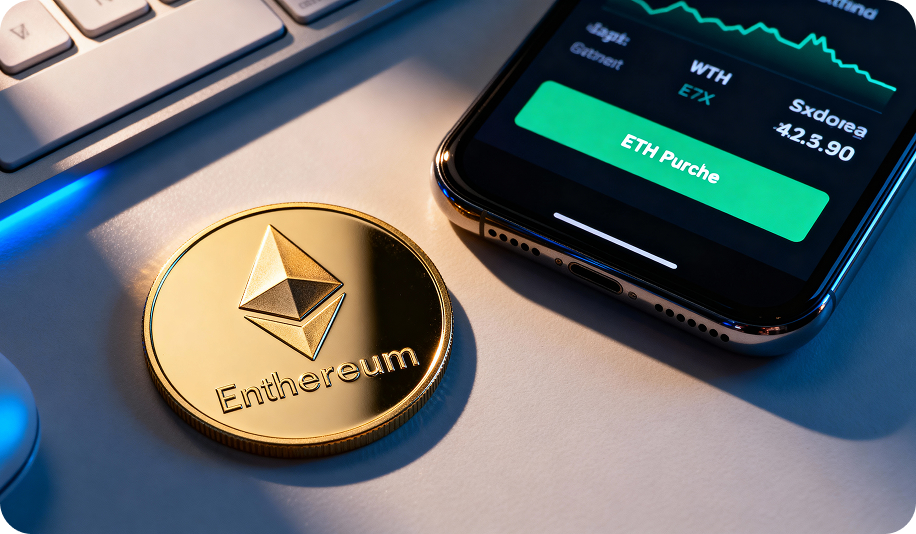IMPORTANT NOTICE
This website is not intended for the UK audience. If you are accessing this website from the UK, please exit this site immediately. Please be informed that services offered on this website are currently not accessible to Retail Clients based in the UK.
Blog

Bintense Review: A Regulated Exchange for Bitcoin and Ethereum
Originally featured on Tuttotek.it. This article and its content have been produced and disseminated to persons outside the United Kingdom. The information provided is not directed at or intended for distribution to, or use by, any person or entity located within the UK. The financial products and services mentioned in[...]
READ MORE
How to Choose a Crypto Exchange: A Practical Guide With the Bintense Example
Originally featured on Verslo Idejos. This article and its content have been produced and disseminated to persons outside the United Kingdom. The information provided is not directed at or intended for distribution to, or use by, any person or entity located within the UK. The financial products and services mentioned[...]
READ MORE
Global Crypto Adoption Is Transforming in 2025 — Insights from Bintense Research
Originally featured on Corriere Nazionale. This article and its content have been produced and disseminated to persons outside the United Kingdom. The information provided is not directed at or intended for distribution to, or use by, any person or entity located within the UK. The financial products and services mentioned[...]
READ MORE
Five practical ways to get Ethereum, backed by real examples
Originally featured on Kompass. This article and its content have been produced and disseminated to persons outside the United Kingdom. The information provided is not directed at or intended for distribution to, or use by, any person or entity located within the UK. The financial products and services mentioned in[...]
READ MORE